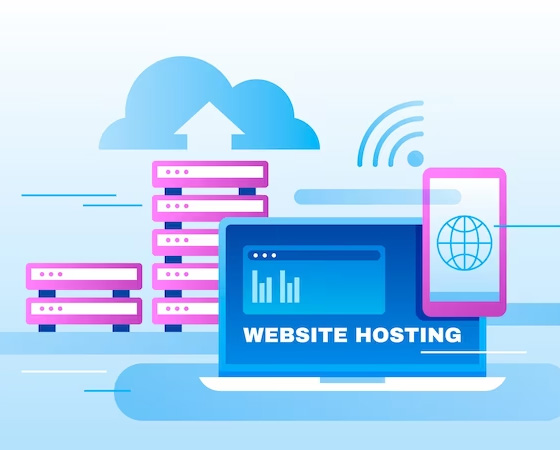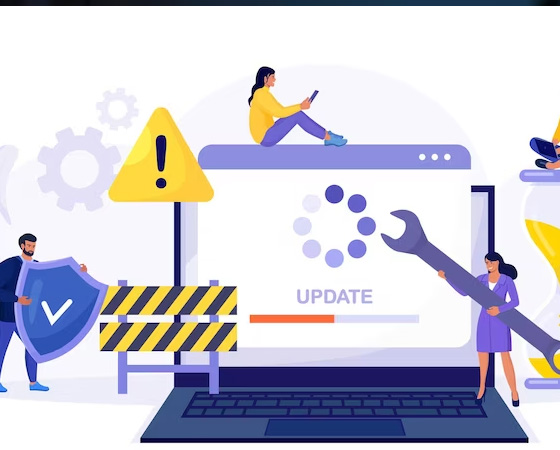Website development is the process of creating and maintaining websites on the internet. It involves a range of tasks, including web design, front-end and back-end development, and website maintenance. Here are the key aspects of website development.

Planning
This is the initial phase where you define the purpose and goals of your website. You need to consider your target audience, content strategy, and the features you want to include.
Domain Name & Hosting
Choose a domain name that reflects your brand or the content of your website. You’ll also need a web hosting service to store your website’s files and make them accessible on the internet.
Design
Web design involves creating the visual layout and user interface of your website. This includes choosing colors, fonts, images, and arranging content to create an appealing and user-friendly experience.

Front-End Development
Front-end development focuses on the client-side of the website, meaning the part of the site that users see and interact with directly. It involves writing HTML, CSS, and JavaScript code to build the user interface and ensure responsive design (compatible with various devices and screen sizes)
Back-End Development
Back-end development deals with the server-side of the website. It includes creating databases, server scripts, and application logic to handle user data, requests, and interactions. Popular back-end languages and frameworks include Python, Ruby on Rails, PHP, Node.js, and more.
Content Management
If your website requires frequent updates or content additions, you may need a Content Management System (CMS) like WordPress, Drupal, or Joomla. These systems make it easier to manage and publish content without extensive coding knowledge.

Testing
Thoroughly test your website to ensure it works correctly across different browsers and devices. Check for functionality, usability, and security issues. Debug and fix any problems that arise.
Optimization
Optimize your website for performance, including fast loading times and efficient use of server resources. This may involve image compression, code minification, and other techniques.
Launch
Once you are satisfied with the development and testing, you can launch your website to the public. This involves configuring your domain and hosting settings to make the site accessible.
Maintenance
Regularly update and maintain your website to ensure it remains secure, up-to-date, and relevant. This includes adding new content, fixing bugs, and making improvements based on user feedback.
Partner with Us for Comprehensive IT
We’re happy to answer any questions you may have and help you determine which of our services best fit your needs.
Your benefits:
- Client-oriented
- Competent
- Independent
- Results-driven
- Problem-solving
- Transparent
What happens next?
-
We Schedule a call at
your convenience -
We do a discovery and
consulting meting -
We prepare a
proposal

